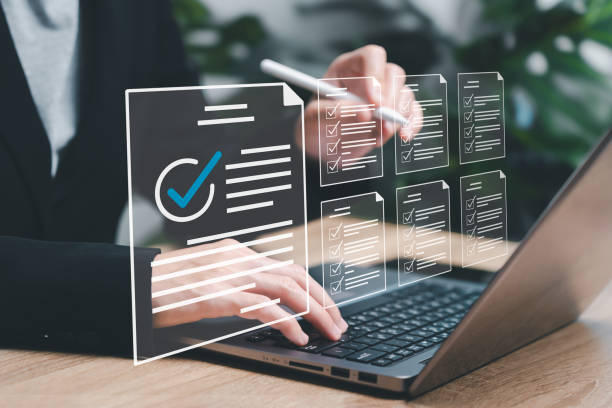What is On-Page SEO and Why Does It Matter?
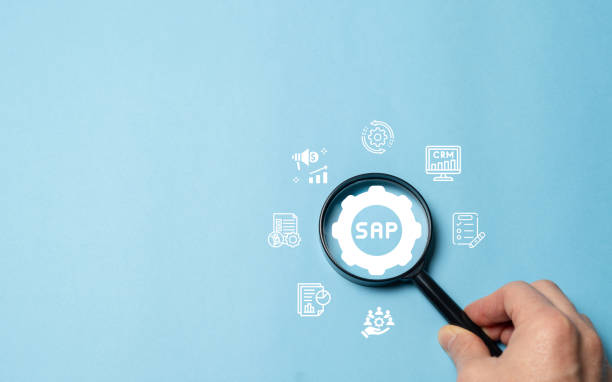
On-Page SEO is the set of actions taken within your website to improve your site’s ranking in search results.
These actions include optimizing content, site structure, title tags, meta descriptions, and more.
In fact, On-Page SEO helps search engines better understand your site’s content and show it to users who are looking for related information.
The importance of On-Page SEO is that it forms the foundation of a site’s SEO.
Without proper internal optimization, your efforts in Off-Page SEO will not achieve the desired results.
Wikipedia On-Page SEO means improving a site’s ranking in search engines by optimizing factors within the site.
These factors include keywords, content, site structure, and internal links.
On-Page SEO also helps improve user experience, as your site becomes easier for visitors to use and navigate.
For example, imagine two websites about a similar topic (e.g., a chocolate cake recipe).
If the first website uses appropriate titles and meta descriptions, includes relevant keywords in its content, and has a well-organized and understandable site structure, it will likely rank higher in search results than the second website, even if the second website is of higher quality in terms of content.
This is because search engines can understand the content of the first website more easily and show it to users who are looking for a chocolate cake recipe.
On-Page SEO is a vital part of any successful SEO strategy.
Are you tired of your online store having visitors but no sales? Rasaweb solves your main problem with professional online store designs!
✅ Significant increase in sales with targeted design
✅ Flawless user experience for your customers
⚡ Get a free consultation!
Keyword Research is a Fundamental Step in On-Page SEO

Keyword research is a critical process in On-Page SEO that helps you identify the words and phrases users use in search engines to find information related to your business.
By identifying these keywords, you can optimize your website’s content based on them to rank higher in search results.
There are various tools for keyword research, including Google Keyword Planner, Ahrefs, SEMrush, and Moz Keyword Explorer.
Each of these tools has its own features and capabilities, but the main goal of all of them is to help you find the right keywords for your business.
When choosing keywords, you should keep a few points in mind.
Firstly, you should choose words that are relevant to your business.
Secondly, you should choose words that have a high search volume but are not too competitive.
Thirdly, you should also consider Long-Tail Keywords.
These keywords usually have lower search volumes, but the competition for them is also lower, and they can attract more targeted traffic to your website.
Keyword optimization in On-Page SEO must be done correctly.
For example, if you own an online cosmetics store, keywords related to your business could include “buy foundation,” “best lipstick,” “mascara price,” and so on.
By doing keyword research, you can find out what types of products users are most looking for and optimize your website’s content accordingly.
This information helps your On-Page SEO.
Content Optimization is the Heartbeat of On-Page SEO

Content is king! This is a phrase you have heard many times in the world of On-Page SEO.
But what does it really mean? Content optimization means creating high-quality, relevant, and engaging content for users and search engines.
This content should answer users’ questions, meet their needs, and encourage them to interact with your website.
High-quality content not only helps improve your site’s ranking in search results but also increases users’ credibility and trust in your brand.
On-Page SEO grows with suitable content.
To optimize content, you should pay attention to a few things.
Firstly, you should create your content based on keywords related to your business.
Secondly, you should structure your content in a way that is easy to read.
Use headings, subheadings, paragraphs, and lists to divide your content into smaller and more understandable parts.
Thirdly, you should update your content regularly so that it is always fresh and relevant.
On-Page SEO from another point of view, content optimization means creating a positive user experience.
Make sure your content is easy to read, relevant, and engaging.
Use images and videos to make your content more attractive.
Also, remember to optimize your content for mobile devices, as more users access the internet via mobile phones today.
| Element | Description | Importance |
|---|---|---|
| Page Title (Title Tag) | The page title that appears in search results. | Very High |
| Meta Description | A brief description of the page content that appears in search results. | High |
| Headings | Using H1, H2, H3, etc. to organize content. | Medium |
| Keywords | Using relevant keywords in the content. | Medium |
This table shows how important each of these elements is in On-Page SEO.
Optimized URL Structure: The Key to Google Bots’ Access

Your website’s URL structure plays an important role in SEO.
Optimized URLs are understandable to both users and search engines.
A good URL should be short, descriptive, and include relevant keywords.
Avoid using long, complex URLs with unnecessary characters.
On-Page SEO requires a proper URL structure.
For example, instead of using the following URL:
www.example.com/page?id=12345
Use the following URL:
www.example.com/blog/seo-internal
The second URL is more understandable for both users and search engines and helps them better understand the content of the page.
Also, avoid using uppercase letters, spaces, and special characters in your URL.
Use a hyphen (-) instead of a space.
For example, instead of using the following URL:
www.example.com/Blog Post
Use the following URL:
www.example.com/blog-post
Optimizing the URL structure is an important step in On-Page SEO that can help improve your site’s ranking in search results.
On-Page SEO means paying attention to details.
Doesn’t your current corporate website reflect your brand’s credibility and power as it should? Rasaweb solves this challenge for you with professional corporate website design.
✅ Increase visitor credibility and trust
✅ Attract more targeted customers
⚡ Click to receive free advice!
Title Tags and Meta Descriptions: An Opportunity to Attract Clicks
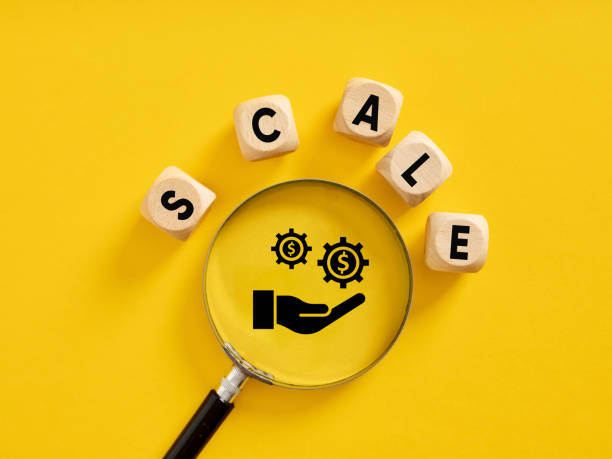
Title Tags and Meta Descriptions are two important elements in On-Page SEO that appear in search results.
The title tag shows the title of your page, and the meta description provides a brief explanation of the content of the page.
These two elements provide you with an opportunity to encourage users to click on your site’s link.
The title tag should be short, descriptive, and include relevant keywords.
The length of the title tag should not exceed 60 characters, otherwise, it will be truncated in search results.
Meta descriptions should also be attractive, concise, and include relevant keywords.
The length of meta descriptions should not exceed 160 characters.
Optimizing title tags and meta descriptions can significantly increase your site’s click-through rate (CTR) and, as a result, attract more traffic to your website.
On-Page SEO is also related to these elements.
For example, suppose you have written an article about “the best On-Page SEO methods”.
A good title tag for this article could be:
Best On-Page SEO Methods in 2024 - [Your Site Name]
And a good meta description could be:
In this article, learn the best On-Page SEO methods to improve your site's ranking in search results.
Internal Linking: A Way to Increase Page Authority
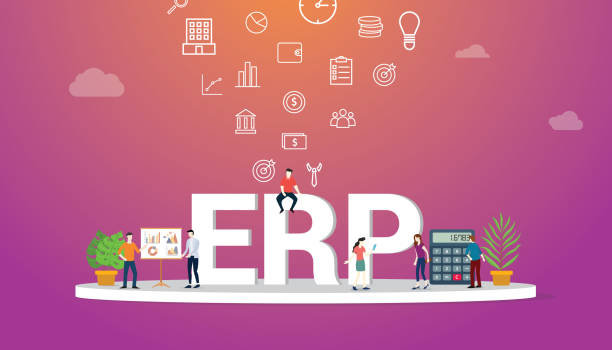
Internal Linking refers to the process of creating links between different pages of your website.
Internal linking not only helps users easily navigate your site but also helps search engines better understand your site’s structure and identify more important pages.
On-Page SEO is improved with better linking.
When internal linking, you should pay attention to a few things.
Firstly, you should link to related pages.
Secondly, you should use proper Anchor Text.
Anchor text is the text that the link is attached to.
Avoid using generic anchor text such as “click here” and instead use keywords related to the page you are linking to.
Thirdly, try to link more to the more important pages of your site.
For example, if you have written an article about “On-Page SEO“, you can link to your other articles about “keyword research”, “content optimization” and “off-page linking”.
This helps users gain more information on related topics and helps search engines understand the relationship between these pages.
On-Page SEO requires quality links.
Image Optimization for On-Page SEO and User Experience
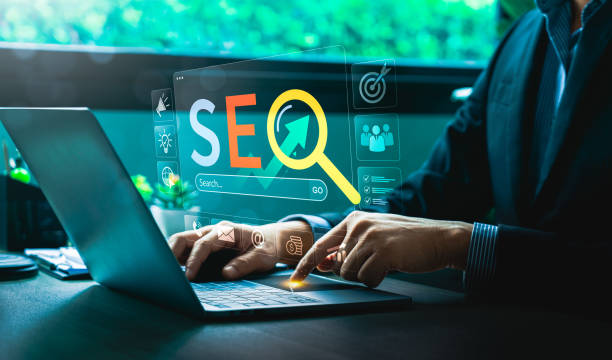
Images play an important role in the user experience of your website.
Attractive and relevant images can grab users’ attention and encourage them to interact with your content.
But images can also have a positive impact on your site’s On-Page SEO.
By optimizing images, you can help search engines better understand the visual content of your site and display it in image search results.
On-Page SEO and image optimization are necessary and indispensable for each other.
To optimize images, you should pay attention to a few things.
Firstly, you should use high-quality images.
Secondly, you should reduce the file size of images to increase your site’s loading speed.
Thirdly, you should use proper Alt Text for images.
Alt text is text that is displayed instead of the image if the image is not displayed.
Alt text should be descriptive and include relevant keywords.
For example, if you have an image of a chocolate cake on your site, you can use the following alt text:
Homemade chocolate cake with cream frosting
| Image Feature | Description | Best Practice |
|---|---|---|
| File Name | Descriptive and relevant name with keywords. | chocolate-cake-recipe.jpg |
| Alt Text | Detailed description including relevant keywords. | Delicious homemade chocolate cake |
| File Size | Small size for fast loading speed. | Less than 100 KB |
Site Loading Speed: A Critical Factor in On-Page SEO
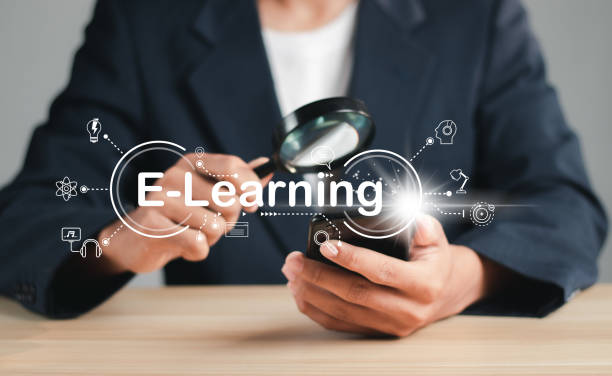
Site loading speed is one of the most important ranking factors in Google.
Users who visit a slow site are more likely to leave it and go to another site.
In addition, Google also penalizes sites that have slow loading speeds.
On-Page SEO depends on site speed.
To increase site loading speed, you can use various methods.
Firstly, you should use a quality hosting service.
Secondly, you should reduce the size of your files.
Thirdly, you should use a Content Delivery Network (CDN).
Fourthly, you should use browser cache.
Fifth, optimizing On-Page SEO in general helps improve site speed.
By increasing your site’s loading speed, you can improve user experience, reduce bounce rate, and improve your site’s ranking in search results.
On-Page SEO is a long-term investment.
Doesn’t your current corporate website reflect your brand’s credibility and power as it should? Rasaweb solves this challenge for you with professional corporate website design.
✅ Increase visitor credibility and trust
✅ Attract more targeted customers
⚡ Click to receive free advice!
Responsive Design and Mobile Compatibility
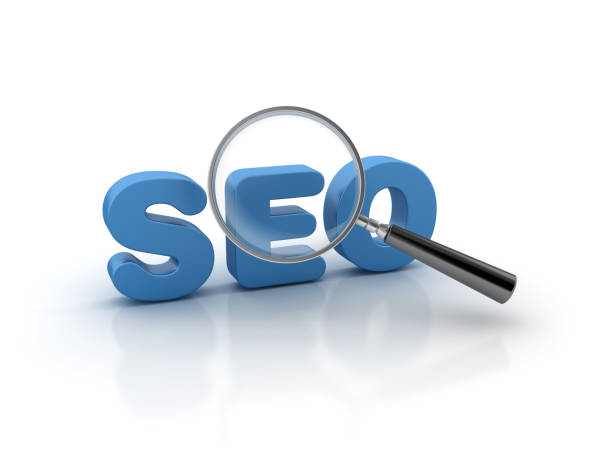
Today, most users access the internet via mobile phones.
Therefore, it is important that your website is optimized for mobile devices.
Responsive Design means designing a website that automatically adapts to the screen size of different devices.
This type of design provides a better user experience for users and helps improve your site’s On-Page SEO.
Don’t forget mobile On-Page SEO.
Google gives higher scores to sites that are optimized for mobile devices.
Therefore, if you want to improve your site’s ranking in search results, be sure to use responsive design.
Your site’s design should be compatible with On-Page SEO rules.
To check whether your site is responsive or not, you can use Google’s Mobile-Friendly Test tool.
This tool shows you how your site appears on mobile devices and what problems it has.
On-Page SEO requires continuous review.
Using Schema Markup to Help Google Better Understand Content
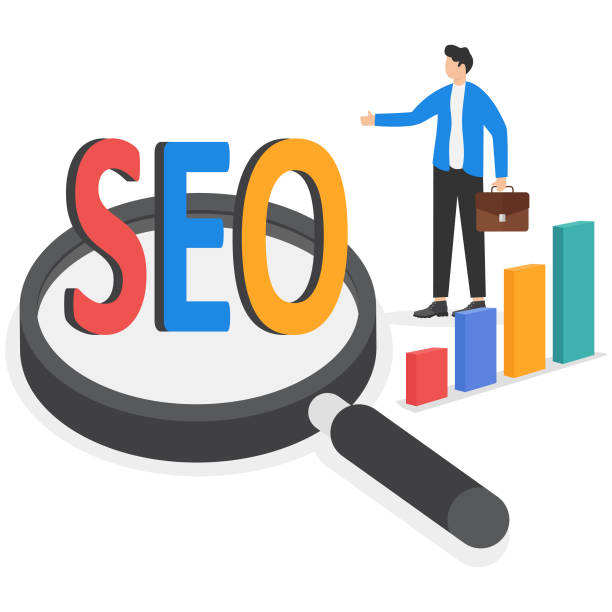
Schema Markup is code that you can add to your website to help search engines better understand your site’s content.
Schema Markup provides search engines with detailed information about the type of content on your page, such as whether your page is an article, a recipe, an event, or a product.
On-Page SEO becomes more advanced with Schema.
By using Schema Markup, you can help search engines display Rich Snippets for your site.
Rich snippets are results that provide more information than regular search results, such as ratings, prices, images, and so on.
Rich snippets can increase your site’s click-through rate (CTR) and attract more traffic to your website.
On-Page SEO and Schema are inseparable companions.
To use Schema Markup, you can use the Schema Markup Generator tool.
This tool helps you create the appropriate Schema Markup code for the type of content on your page and add it to your website.
On-Page SEO also requires technical knowledge.
Frequently Asked Questions
| Question | Answer |
|---|---|
| What is a Meta Title and why is it important in On-Page SEO? | The meta title is the most important element of On-Page SEO, which is displayed at the top of the browser tab and in search results. This title helps search engines and users understand the main topic of the page and should include the main keyword. |
| What role does Meta Description play in On-Page SEO? | Meta Description is a short summary of the content of the page that is displayed below the title in search results. Although it does not directly affect ranking, its attractiveness can increase the click-through rate (CTR). |
| How should keywords be used in page content? | Keywords should be used naturally and relevantly in strategic places such as the title, headings, first paragraph, and body of the text. Avoid over-stuffing keywords (Keyword Stuffing). |
| What is the importance of high-quality and comprehensive content in On-Page SEO? | High-quality, unique, informative, and comprehensive content that meets the user’s needs is of great importance. Search engines give a higher rank to content that creates real value. |
| What is the application of heading tags (H1-H6) in the On-Page SEO structure? | Heading tags (H1, H2, H3, etc.) are used to structure content and specify the importance of different sections. H1 is the main title of the page, and each page should only have one H1. Other tags are used for subheadings. |
| How to optimize images to improve On-Page SEO? | To optimize images, use descriptive Alt Text that includes relevant keywords, reduce the image file size without losing quality, and use meaningful and relevant file names. |
| What are the features of a friendly URL for On-Page SEO? | A friendly URL should be short, readable, descriptive, include the main keywords, and be without extra characters. The URL structure should be hierarchical and logical so that it is understandable for both users and search engines. |
| How does Internal Linking help On-Page SEO? | Internal Linking, by connecting related pages to each other, helps users and search engine crawlers better understand the site structure, transfer page authority, and increase user presence on the site. |
| What is the impact of page loading speed on On-Page SEO? | High loading speed is vital for both user experience and SEO ranking. Slower pages may be ignored by search engines, leading to an increased Bounce Rate. |
| Why is Mobile-Friendliness so important in On-Page SEO? | Given the increasing number of searches via mobile devices, having a responsive and mobile-compatible site is essential for user experience and ranking in search results (Google’s Mobile-First Indexing). |
And other services of Rasa Web Advertising Agency in the field of advertising
Smart Content Strategy: A creative platform to improve digital branding using real data.
Smart Content Strategy: A new service to increase user engagement through the use of real data.
Smart Advertising Campaign: A combination of creativity and technology to increase site visits through SEO-oriented content strategy.
Smart Linking: A professional solution to increase sales with a focus on accurate audience targeting.
Smart UI/UX: An exclusive service for sales growth based on the use of real data.
And more than a hundred other services in the field of internet advertising, advertising consulting and organizational solutions
Internet Advertising | Advertising Strategy | Advertorial Report
Resources
On-Page SEO Tutorial: Zero to One Hundred Site Page Optimization
,On-Page SEO in 30 minutes
,What is On-Page SEO? On-Page SEO Training in 9 steps
,On-Page SEO Training + Zero to One Hundred Important Tips
? To make your business shine online and achieve digital goals, Rasaweb Digital Marketing Agency paves the way for your success by providing comprehensive services including professional Corporate Website Design and innovative digital marketing strategies.
📍 Tehran, Mirdamad Street, next to Central Bank, South Kazerun Alley, Ramin Alley No. 6

